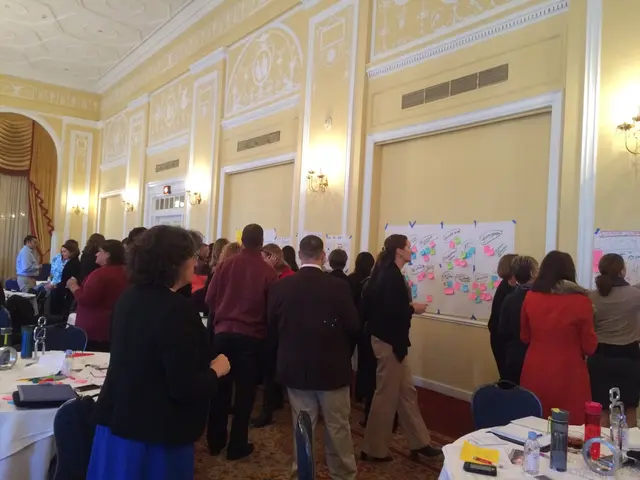Exploring the Concept of Convergence Psychology
In the realm of psychology, Convergence Theory stands as a cornerstone for understanding how we perceive and interact with the world around us. This theory, pioneered by esteemed figures like George Stratton and Heinz Hartmann, provides a foundational framework that extends far beyond visual perception. It encompasses the integration of sensory information from multiple sources, shaping our minds' processing of sights, sounds, and touch.
At its core, Convergence Theory is rooted in the process of multisensory integration - the combining of sensory information to form a cohesive understanding of our environment. This process is essential for everyday activities, from dodging a ball to interpreting emotions, recognizing faces, learning new things, and navigating our daily lives effectively.
Research from the field has shown that multisensory integration not only enhances task performance but also boosts cognitive functions such as attention and processing speed. These essential functions are crucial for forming and retaining memories over time. For instance, a study demonstrated that brief audiovisual training improved spatial perception and mobility skills in individuals who had undergone cataract surgery.
However, stress or trauma can disrupt this delicate balance. Under stress, the brain processes sensory information like touch or sound in a less consistent and predictable way, leading to inconsistent sensory reactions, difficulty in coping with stimuli, and physical symptoms like headaches or muscle tension.
By understanding these neural processes, researchers can strive to improve treatments for sensory disorders, enhance virtual reality experiences, and develop therapies for conditions affecting sensory integration. For example, virtual reality studies have shown that integrating senses such as sight, touch, and hearing can significantly improve task performance, particularly in scenarios with high information load.
The Gestalt principles of perception, fundamental concepts in psychology, describe how humans naturally organise visual stimuli into meaningful patterns and wholes. These principles - proximity, similarity, continuity, closure, figure-ground, and common fate - provide a valuable insight into how Convergence Theory operates.
Examples of Convergence Theory in action are all around us. Emotional interpretation, sports reflexes, cooking, listening to podcasts, and music performance - these are but a few instances where our brains seamlessly combine different sensory information to understand and interpret the world.
As we delve deeper into the intricacies of Convergence Theory, we uncover its vast potential to reshape our understanding of the human mind and our interactions with the world. By embracing the power of multisensory integration, we can strive to enhance our cognitive abilities, improve our daily lives, and unlock new possibilities for human potential.
Read also:
- Peptide YY (PYY): Exploring its Role in Appetite Suppression, Intestinal Health, and Cognitive Links
- Toddler Health: Rotavirus Signs, Origins, and Potential Complications
- Digestive issues and heart discomfort: Root causes and associated health conditions
- House Infernos: Deadly Hazards Surpassing the Flames








